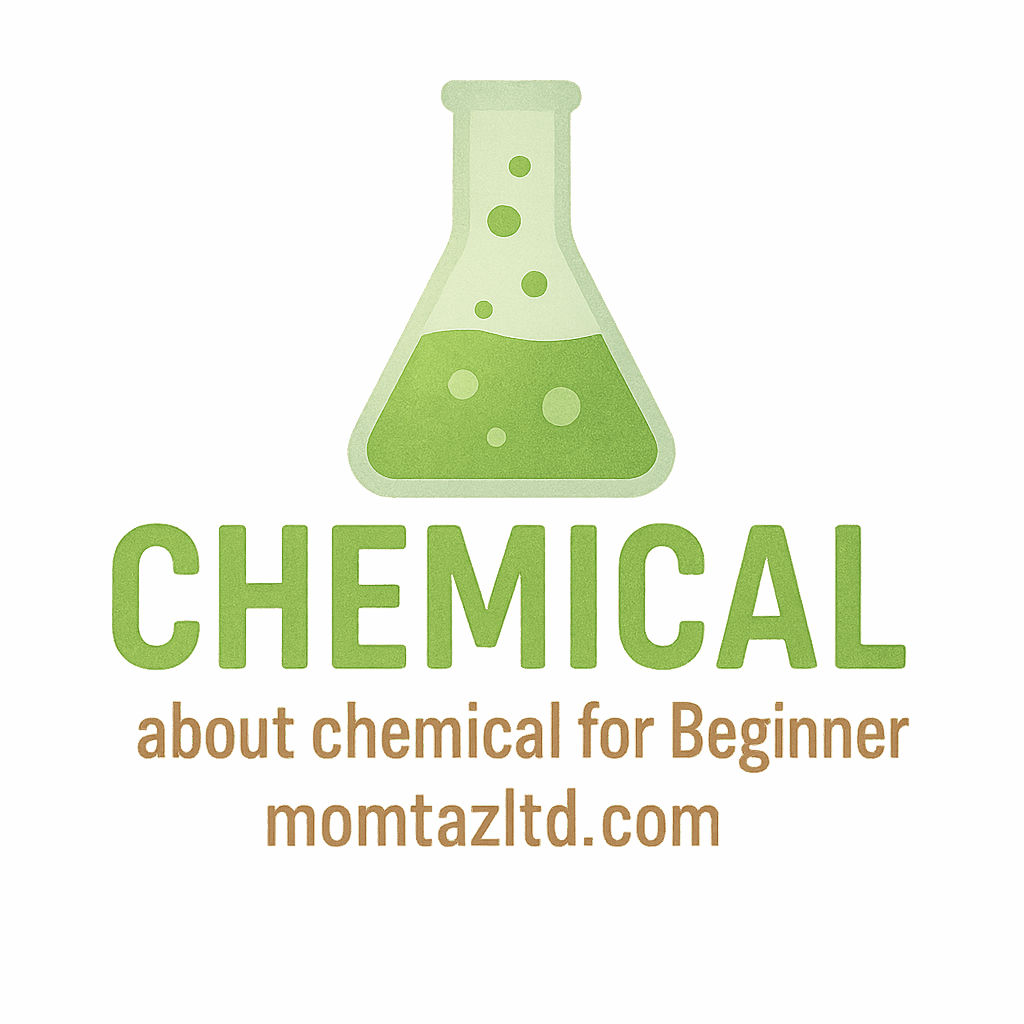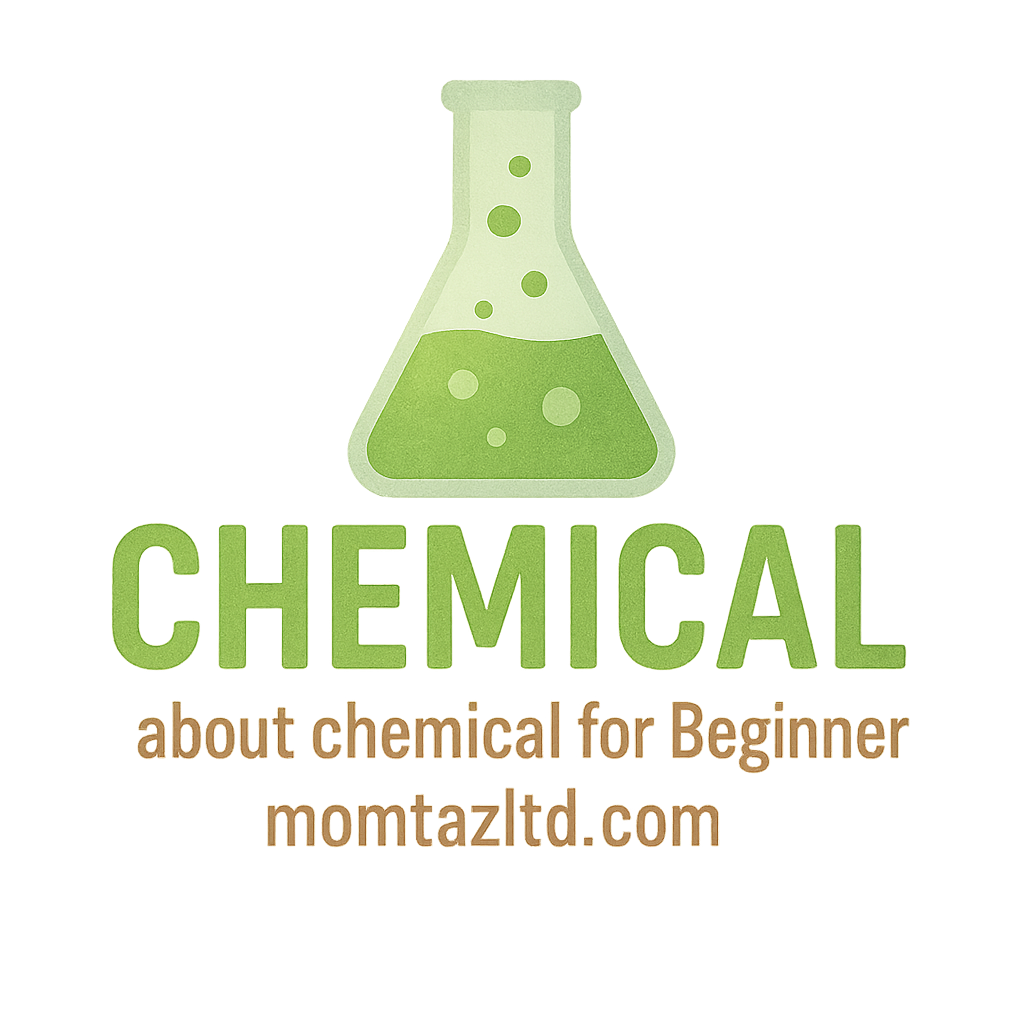Introduction: Why Chemical Experiments Are Fun and Educational
Chemistry doesn’t have to feel like something that belongs only in a lab. In fact, some of the most exciting experiments in chemical can be done right at home using everyday items. These beginner-friendly experiments are safe, simple, and entertaining, making them perfect for kids, students, or even adults curious about science. Think of it as learning while having fun — like playing with magic, only with real scientific explanations behind every reaction.
Safety First: Essential Guidelines Before Starting
Before diving into the experiments, let’s talk safety. While most of these projects use simple household chemicals, being careful ensures fun doesn’t turn into trouble.
Wearing Protective Gear
Always wear safety goggles and gloves. Even common ingredients like vinegar can irritate eyes or skin if used carelessly.
Safe Storage of Chemicals
Store items like baking soda, vinegar, or borax in labeled containers. Learn more about chemical storage to avoid accidents.
Understanding Labels and Instructions
Read labels carefully, especially for products like bleach or borax. Check guides like chemical safety to keep experiments risk-free.
The Importance of Beginner-Friendly Experiments
Building Curiosity in Chemistry
Fun projects spark curiosity. For beginners, experiments in chemical reactions are a way to see science come alive.
Linking Fun with Scientific Concepts
They don’t just entertain — they teach. From acids and bases to density and oxidation, each experiment connects with real-world chemical principles.
Experiment 1: Baking Soda and Vinegar Volcano
Materials Needed
- Baking soda
- Vinegar
- A container or plastic bottle
- Food coloring (optional)
Step-by-Step Process
- Place baking soda in the bottle.
- Add a few drops of food coloring for effect.
- Pour in vinegar quickly.
The Science Behind It
This is an acid-base reaction. Baking soda (a base) reacts with vinegar (an acid), releasing carbon dioxide gas that makes the foamy eruption. It’s a simple yet classic experiment in chemical reactions.
Experiment 2: Rainbow Milk Reaction
Materials Needed
- Whole milk
- Food coloring
- Dish soap
- Cotton swab
Step-by-Step Process
- Pour milk into a shallow dish.
- Add drops of different food coloring.
- Dip a cotton swab in dish soap and touch the milk’s surface.
The Science Behind It
Soap breaks the fat molecules in milk, causing the colors to swirl dramatically. A great introduction to chemical reactions.
Experiment 3: Invisible Ink with Lemon Juice
Materials Needed
- Lemon juice
- Cotton swab
- Paper
- Light bulb or iron
Step-by-Step Process
- Dip a swab in lemon juice and write on paper.
- Let it dry.
- Heat the paper gently with a bulb or iron to reveal the message.
The Science Behind It
Lemon juice oxidizes when heated, turning brown. It’s a cool demonstration of oxidation, which also links to chemical accidents if heat is not controlled.
Experiment 4: Density Tower with Household Liquids
Materials Needed
- Honey
- Dish soap
- Water
- Oil
- Rubbing alcohol
Step-by-Step Process
- Carefully pour liquids in layers into a glass.
- Observe how they stay separate.
The Science Behind It
Each liquid has a different density. It’s like stacking invisible blocks of matter, showing a key concept in industrial chemicals.

Experiment 5: Homemade Rock Candy
Materials Needed
- Sugar
- Water
- Wooden stick
- Jar
Step-by-Step Process
- Dissolve sugar in hot water until saturated.
- Place a stick in the solution.
- Wait for crystals to form.
The Science Behind It
As the water cools, sugar molecules bond together, forming crystals. This is crystallization — a process also studied in laboratory chemicals.
Experiment 6: Red Cabbage pH Indicator
Materials Needed
- Red cabbage
- Blender
- Household acids and bases (vinegar, baking soda)
Step-by-Step Process
- Blend cabbage leaves with water.
- Strain to get purple juice.
- Add vinegar or baking soda to see color changes.
The Science Behind It
Cabbage juice acts as a pH indicator, turning red in acids and green in bases. A fun way to visualize pH without expensive tools.
Experiment 7: Balloon Inflation with Chemical Reaction
Materials Needed
- Balloon
- Baking soda
- Vinegar
- Bottle
Step-by-Step Process
- Fill a balloon with baking soda.
- Pour vinegar into a bottle.
- Attach the balloon to the bottle’s mouth and let baking soda fall in.
The Science Behind It
The acid-base reaction releases carbon dioxide gas, inflating the balloon. It’s like a beginner’s lesson in gas production.
Experiment 8: Slime with Borax and Glue
Materials Needed
- White school glue
- Borax
- Water
- Food coloring
Step-by-Step Process
- Mix glue with water and coloring.
- Dissolve borax in water.
- Combine both mixtures slowly.
The Science Behind It
Borax links the glue molecules, creating a stretchy polymer. This simple polymerization shows how industrial learning connects science to fun.
Experiment 9: Rusting Iron Nail Observation
Materials Needed
- Iron nails
- Water
- Salt
- Jar
Step-by-Step Process
- Place nails in jars with water and salt.
- Leave one dry as a control.
- Observe over days.
The Science Behind It
Saltwater accelerates rusting. This demonstrates oxidation and corrosion, important in chemical scientists research.
How These Experiments Build a Foundation in Chemistry
Introducing Core Chemical Reactions
These projects cover acids, bases, oxidation, crystallization, and polymers — the very foundation of chemistry.
Making Chemistry Accessible for All Ages
By starting with simple experiments in chemical reactions, beginners get hands-on experience that can spark lifelong interest.
Where to Learn More About Chemicals and Experiments
If you’re excited to dive deeper, here are some helpful resources:
- Beginner Chemistry – perfect for newcomers.
- Chemical Basics – understand core concepts.
- Household Chemicals – safe use of daily items.
- Learn from Experts – guidance from professionals.
Conclusion: Fun Meets Learning
Science isn’t just about memorizing formulas — it’s about discovery. These nine fun experiments in chemical for beginner learners show that chemistry can be hands-on, exciting, and surprisingly easy to understand. With simple household items, you can spark curiosity, learn essential concepts, and even inspire the next generation of scientists.
FAQs
1. Can I do these experiments with kids?
Yes, most of these experiments in chemical are safe for kids, but adult supervision is always recommended.
2. What’s the easiest experiment to start with?
The baking soda and vinegar volcano is the simplest and most visual.
3. Do I need special lab equipment?
Not at all. Most experiments use household chemicals and everyday items.
4. How do I safely dispose of the chemicals?
Follow chemical safety guidelines and never pour strong acids or bases directly down the drain.
5. Why is red cabbage used as a pH indicator?
It contains anthocyanins, natural pigments that change color depending on acidity or alkalinity.
6. What experiment best shows chemical change?
The rusting nail and vinegar-baking soda volcano are clear examples of chemical reactions.
7. Where can I learn more about career opportunities in chemistry?
Check out chemical careers for inspiration on turning your interest into a profession.


